【Is UV Disinfection Lamp Effective?】 The Principle of Germicidal Lamps and Purchasing Guide
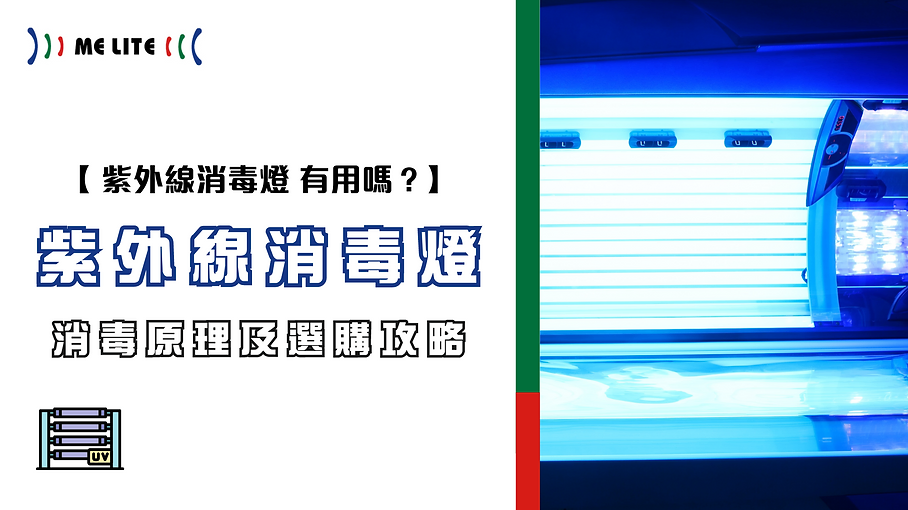
【Is UV Disinfection Lamp Effective?】 The Principle of Germicidal Lamps and Purchasing Guide
Recent outbreaks have increased public awareness of personal hygiene and driven the industry of related antibacterial and disinfection products.This includes germicidal lamps that utilize short-wave ultraviolet (UVC) technology, known as UV disinfection lamps.
In addition to essential protective equipment such as high-quality masks, alcohol-based hand sanitizers, and wet wipes, some individuals with a strong focus on hygiene may opt to use portable or household disinfection lamps to sanitize their personal belongings, such as mobile phones, eyeglasses, and keys, at any time. This article will explain the sterilization principles behind these lamps and provide guidance on what to consider when purchasing and using them.
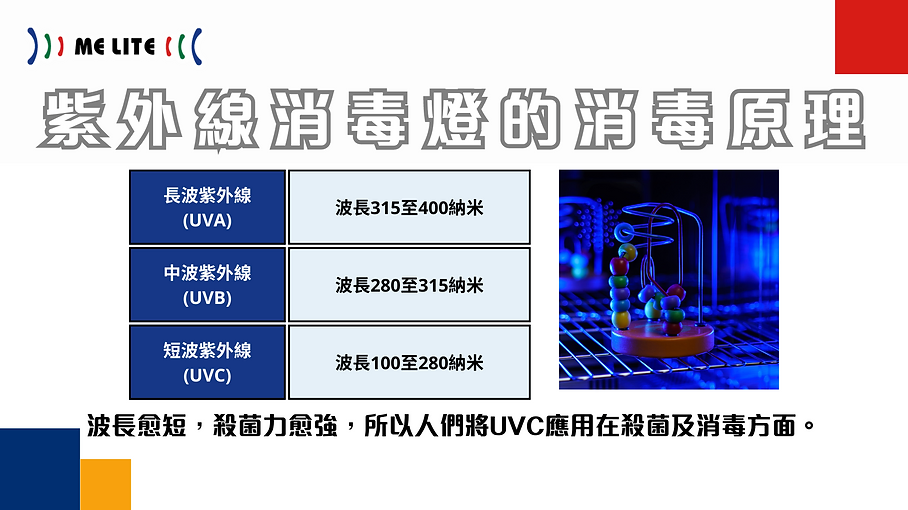
UV Disinfection Lamp Sterilization Principle
Ultraviolet (UV) radiation can be broadly classified into three categories: long-wave ultraviolet radiation (UVA, wavelength 315-400 nm), medium-wave ultraviolet radiation (UVB, wavelength 280-315 nm), and short-wave ultraviolet radiation (UVC, wavelength 100-280 nm). The shorter the wavelength, the greater the energy, and UVC becomes the key technology in disinfection lamps.
UVC from the sun is completely absorbed by the atmosphere and cannot reach the earth. Therefore, UVC on earth is generated by artificial light sources (e.g. electric welding, germicidal lamps, etc.). Research has found that UVC with shorter wavelengths can effectively destroy the DNA and RNA molecular structure of bacteria and viruses, causing them to lose their ability to reproduce, become infected and die, thus achieving the disinfection effect. UVC disinfection is also commonly used to inhibit bacteria and viruses in water, air and surfaces.
Since the 19th century, human beings have known how to use UVC to sterilise and disinfect water in hospitals, factories and transport, as well as to disinfect drinking water, remove chemicals (e.g. chlorine) and kill parasites, etc. UVC is also able to kill coronavirus without the need to use additional chemicals and drugs, and is relatively safe and easy to use. The outbreak has led to the emergence of a wide range of UVC disinfectant lamps, including portable UVC disinfectant wands and UVC disinfectant cassettes suitable for outdoor use, as well as lamps suitable for indoor use.
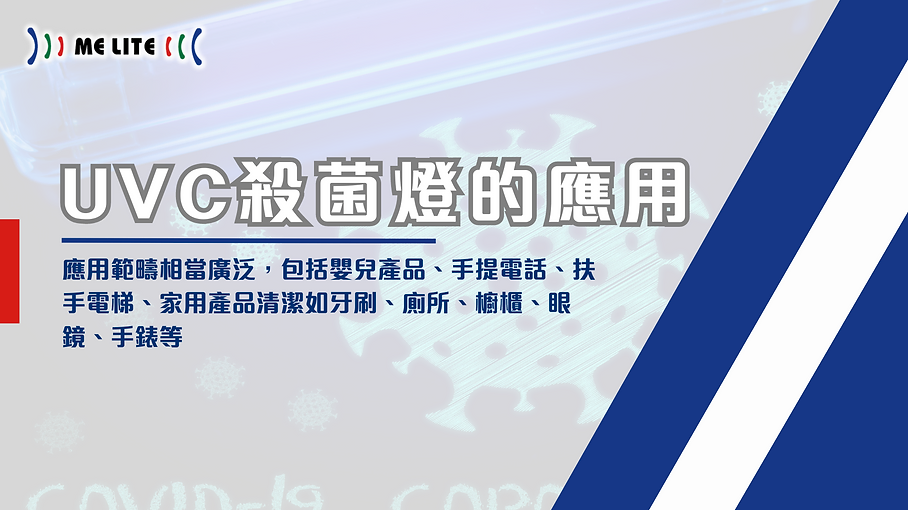
Application of UVC germicidal lamps
LEDinside’s research shows that even with the economic downturn, the turnover of UVC LED manufacturers grew steadily in 2018. Driven by the demand for UVC LEDs, it is estimated that the UVC LED market will reach nearly US$1 billion in 2023, with a compound annual growth rate of nearly 30%.
UVC LEDs are mainly used in three main areas: surface and air disinfection, static water disinfection and mobile water disinfection. Since the time required for static water disinfection and surface disinfection (e.g. air purifiers, disinfection lamps, etc.) is not very high, they are widely used in a wide range of applications, including baby products, mobile phones, escalators, household products such as toothbrushes, toilets, cupboards, eyeglasses, watches, and so on.
The target market for UVC LEDs with the greatest potential for development is global water treatment, with a market size of about US$20 billion. Three major methods of disinfection and purification are used: Gravity Purifier, RO Purifier, and UV Purifier. Although RO reverse osmosis is the most widely used water purification technology, it still needs to be combined with UVC ultraviolet disinfection to remove bacteria and viruses in the water in order to reduce the concentration of total organic carbon.
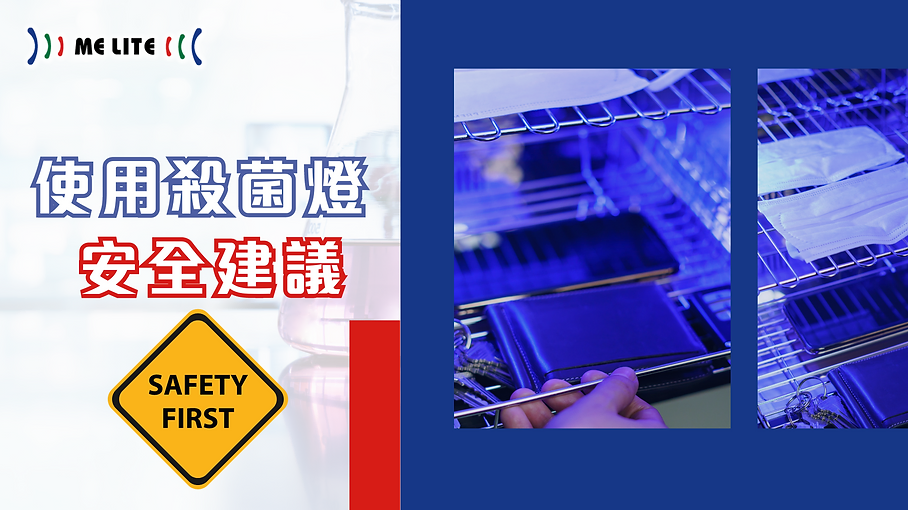
Safety Advice on the Use of Germicidal Lamps
Even though UV sterilisation lamps are chemical-free and do not cause secondary contamination or harm, they should be used with extreme caution. Firstly, avoid exposing your eyes and skin to excessive UV rays. Excessive exposure to UV rays can cause burns, skin redness, skin aging, cataracts and even increase the risk of skin cancer!
Therefore, you should keep a distance from the sterilising lamp, do not stare at the UVC light source, and avoid children and pets from touching the sterilising lamp.UV sterilising lamps are only suitable for smooth and non-porous surfaces, if the surface of the object is rough, with small holes, or even covered with dust, grease and dander, the effectiveness of the sterilising effect will be greatly reduced. Moreover, not all items are suitable for the use of UV disinfection, some items such as plastics and rubber, too much UVC will damage the structure of the items, accelerate its aging, deformation and become brittle. Exposure of clothing to UVC light may also cause discolouration of clothing, fabrics and leather.
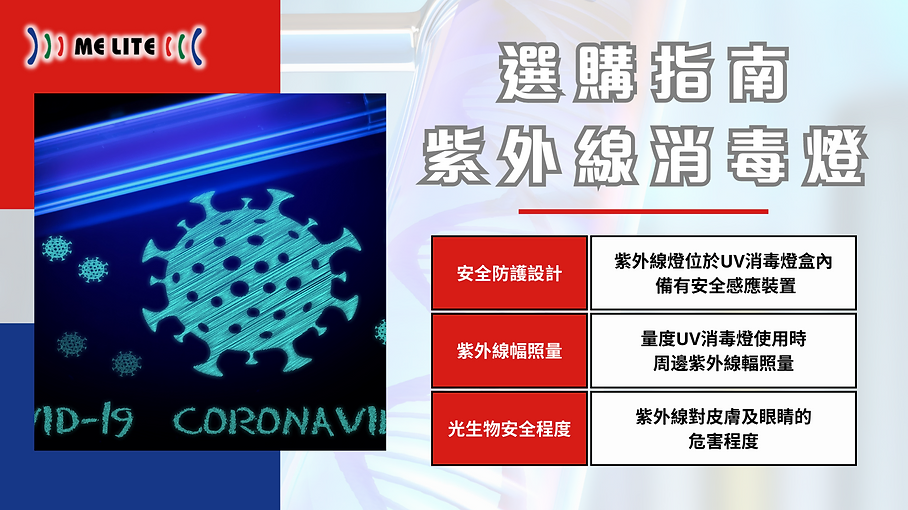
UV Sterilizing Lamps Buying Guide
When choosing a UV sterilizing lamp, the following three points should be considered: safety design, UV radiation exposurelevel, and lamp quality.
- Safety protection design: The UV lamp should be located inside the UV sterilisation lamp box so that there is no chance for the eyes and skin to come into contact with the UV rays emitted by the sterilising lamp during normal use. The sterilising lamp should also be equipped with a safety sensor, when the sterilising lamp is tilted upwards to a certain angle, the UV lamp should be automatically switched off to avoid direct exposure of UV rays to the skin and eyes of the user or people around the sterilising lamp.
- 2. UV Radiation Exposure Level: The effectiveness of a UV sterilizing lamp depends on the intensity of the UV radiation emitted. Look for a lamp that emits a high level of UVC radiation (around 254 nm wavelength) to ensure effective disinfection. However, be mindful of the exposure time and distance from the lamp to avoid excessive exposure to UV radiation.
- 3. Photobiological safety level: This is a measure of the effective dose of UV sterilising lamps and is categorised into exempt, low hazard, medium hazard and high hazard levels to assess the degree of skin and eye damage caused by the UV rays. Even short-term exposure of skin and eyes to the UV rays of a high-hazard class of sterilising lamps may cause burns or damage. UV rays from sterilising lamps in the medium hazard class can also cause physiological discomfort or a burning reaction.
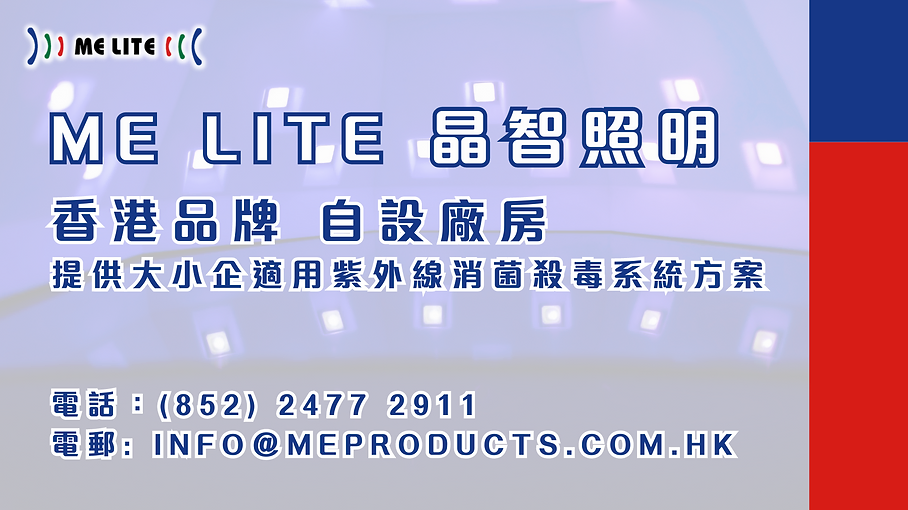
UV sterilisation lamps do provide good disinfection results. However, the distance, angle and range of illumination of germicidal lamps will affect the sterilisation effect, and improper use will also lead to safety problems. Although users can purchase and safely use germicidal lamps according to this article, they should not rely too much on UV disinfection, and can use other anti-epidemic items, such as high-quality masks, disinfectant wipes and alcohol-based handrubs, etc., and pay more attention to personal hygiene and environmental cleanliness.
ME Lite – a Hong Kong brand, with its own factory, develops and produces more than 300 high quality UVC products, and can provide the most suitable UVC disinfection system setup solutions for large and small enterprises, with one-stop installation, maintenance and follow-up services.
The ME Lite team is professional and careful, and we will not be sloppy in doing our part for you and for the earth. Welcome to contact us through the following ways:
Offical Website:https://www.meproducts.com.hk/
Address: Unit E, 5/F, Wang Yip Industrial Centre, 18 Wang Yip Street East, Yuen Long, N.T., Hong Kong.
Telephone:(852) 2477 2911
Fax:(852) 2477 2921
Email:info@meproducts.com.hk

